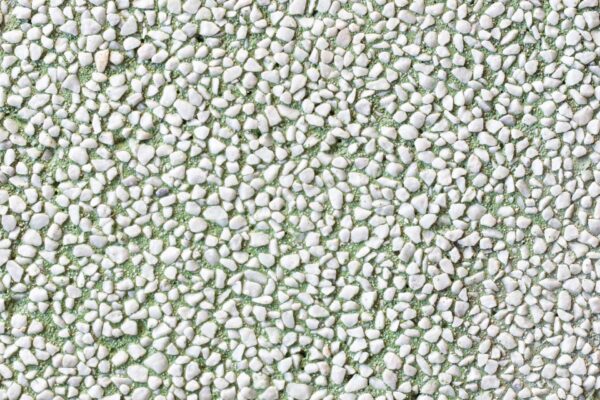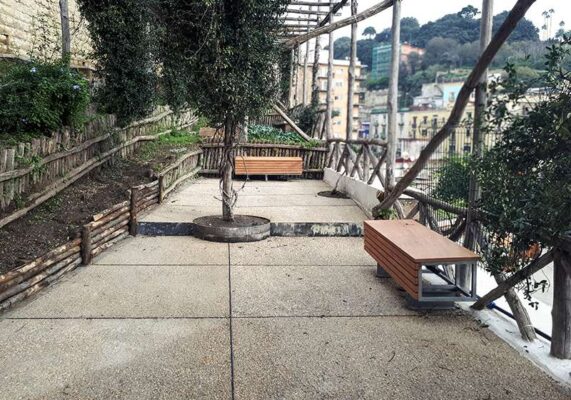When you have to make one outdoor flooring we are looking for materials that are able to guarantee solidity and "longevity" combined with low construction and management costs. In short, a durable and versatile covering which, at the same time, does not involve astronomical costs both in the installation and maintenance phases. Features that can be found in architectural concrete, a material increasingly used in the most disparate construction fields.
However, the name should not be misleading: as we will see shortly, unlike "classic" concrete, architectural concrete also guarantees a excellent result from an aesthetic point of view. Thanks to this material, creating driveway surfaces that are also beautiful to look at is anything but complicated.
Let's see together what is architectural concrete and we try to understand the reason for its growing success by analyzing the advantages - now indisputable - that it ensures compared to alternative solutions.
What is exterior architectural concrete
Talking about architectural concrete we are referring to an outdoor covering (but in some cases it can also be used for interior flooring with a "rustic" appearance) made using grit of various materials and various sizes.
Versatile and pleasing to the eye, architectural concrete does not require a great deal of maintenance and, at the same time, allows the creation of a flooring characterized by a high degree of mechanical resistance.

Architectural concrete: where to use it
An architectural concrete outdoor flooring is extremely versatile and can be used in very different fields and projects. This material, for example, can be used to create driveways and walkways within private gardens: a architectural concrete driveway, for example, is ideal for the entrance to a country villa or to create a path within a large private garden.
Not only that: architectural concrete is also increasingly used in the public sector. This solution adapts perfectly to any urban context and can be used for create sidewalks and cycle paths or rest areas serving large facilities (such as sports centers and stadiums, schools and universities and along wooded or coastal areas).
The possibility of customizing shapes and colours, combined with the use of sustainable and eco-friendly materials, makes architectural concrete one of the ideal solutions for creating pedestrian avenues or access roads within protected areas and archaeological sites.

The advantages of architectural concrete
We have therefore seen that architectural concrete can be used in the most disparate areas. And understanding why isn't too complex either: i benefits that this solution guarantees are multiple, both from a practical and aesthetic point of view.
Unlike alternative solutions, architectural concrete can be laid - with a thickness of a few centimeters - directly on pre-existing surfaces, without the need to excavate or create foundations. The absence of joints, interruptions and depressions then allows you to create a continuous flooring and without deformations, resistant to atmospheric agents and characterized by high mechanical resistance (up to 70% higher than traditional standards).
Furthermore, the use of quarry aggregates and other recycled grits allows us to create External driveways that are 100% sustainable and recyclable. The use of environmentally friendly materials, in fact, ensures that architectural concrete does not release pollutants into the ground and does not have to be disposed of as special waste.
From a point of view aestheticOn the other hand, architectural concrete for exteriors guarantees a degree of versatility unknown to other alternative solutions. The use of smooth and colored gravels allows you to obtain unique and refined chromatic effects. Furthermore, the flooring can be left matt or smoothed and polished or satin, so as to adapt it to your tastes and needs.
Products like those of Villa Fine Floor line by Terra Solida Italia allow you to create outdoor flooring - both for public parks, protected areas and private gardens - which is economical and easy Minimal environmental impact . By mixing natural aggregates (such as granulates of marble, porphyry, granite and small and medium-sized semi-precious stones) it is in fact possible to create 100% sustainable and recyclable surfaces for vehicles and pedestrians. In short, ideal for an environmentally friendly home.

Pingback: How to make a garden walkable